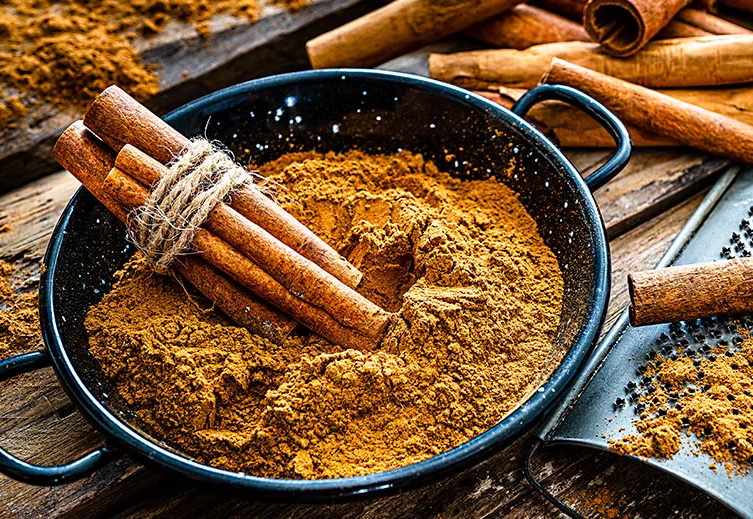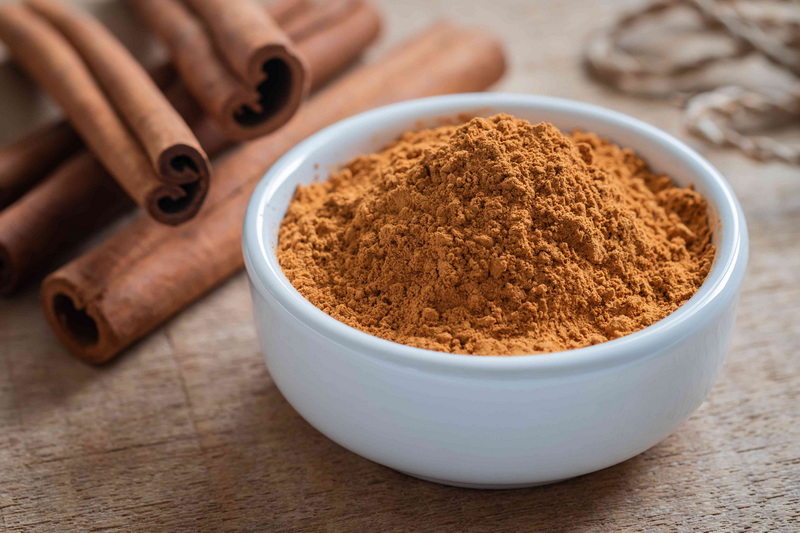Content Menu
● Introduction to Cinnamon Bark Extract
>> Cinnamon Bark Harvesting Process
● Health Benefits of Cinnamon Bark Extract
>> Cinnamon Bark Extract in Traditional Medicine
● Production of Cinnamon Bark Extract
>> Steam Distillation Process
● Uses of Cinnamon Bark Extract
>> Cinnamon in Modern Cooking
● Cultural Significance of Cinnamon
>> Historical Use of Cinnamon
● Conclusion
● Frequently Asked Questions
>> 1. What is the main active compound in cinnamon bark extract?
>> 2. How is cinnamon bark extract produced?
>> 3. What are the health benefits of cinnamon bark extract?
>> 4. Can cinnamon bark extract be used in cooking?
>> 5. Is cinnamon bark extract safe to consume?
● Citations:
Cinnamon bark extract, derived from the bark of the cinnamon tree, has been a staple in traditional medicine and culinary practices for centuries. This versatile extract is renowned for its rich aroma and numerous health benefits, making it a popular ingredient in both cooking and natural remedies. In this article, we will delve into the uses, benefits, and production process of cinnamon bark extract, accompanied by visual aids and videos to enhance understanding.

Introduction to Cinnamon Bark Extract
Cinnamon bark is obtained from the Cinnamomum genus, with Cinnamomum zeylanicum (Ceylon cinnamon) and Cinnamomum cassia (Cassia cinnamon) being the most commonly used species. The extract is rich in cinnamaldehyde, a compound responsible for its distinct flavor and aroma, as well as its medicinal properties.
Cinnamon Bark Harvesting Process
The harvesting of cinnamon bark involves a labor-intensive process that has remained largely unchanged for centuries. Skilled farmers carefully peel the bark from the cinnamon tree, which is then dried and rolled into the familiar cinnamon sticks. This process is showcased in a video by Lord Gizmo, highlighting the craftsmanship and sustainability involved in cinnamon production:
Health Benefits of Cinnamon Bark Extract
Cinnamon bark extract is associated with several health benefits, including:
1. Blood Sugar Control: Studies have shown that cinnamon can help manage blood sugar levels by improving insulin sensitivity, making it beneficial for individuals with diabetes. A study published in the Journal of Medicinal Food found that cinnamon supplementation significantly reduced fasting blood glucose levels in patients with type 2 diabetes.
2. Anti-Inflammatory Effects: Cinnamon contains compounds like cinnamaldehyde, which have anti-inflammatory properties that can help reduce inflammation and alleviate symptoms associated with chronic conditions. This makes it a potential natural remedy for conditions such as arthritis.
3. Antimicrobial Properties: The extract has been shown to inhibit the growth of certain bacteria and fungi, making it useful in treating infections. For example, cinnamon oil can be used to combat oral infections by reducing bacterial growth in the mouth.
4. Digestive Health: Cinnamon is traditionally used to aid digestion and relieve symptoms of irritable bowel syndrome (IBS). It is believed to help reduce bloating and improve gut health.
5. Cancer Prevention: Some research suggests that cinnamon may have anticancer properties by inhibiting angiogenesis, although more studies are needed to confirm this. A study on mice found that cinnamon extract reduced tumor growth, but human trials are necessary to validate these findings.
Cinnamon Bark Extract in Traditional Medicine
In traditional medicine, cinnamon bark is used for various purposes, including:
- Appetite Stimulation: It is believed to stimulate appetite and aid in digestion.
- Menstrual Discomfort: Cinnamon is sometimes used to alleviate menstrual cramps and discomfort.
- Respiratory Issues: It is traditionally used to relieve symptoms of the common cold and flu.
Production of Cinnamon Bark Extract
The production of cinnamon bark extract involves several steps:
1. Harvesting: The bark is carefully harvested from the cinnamon tree.
2. Drying: The bark is dried to preserve it and enhance its aroma.
3. Extraction: The active compounds are extracted using methods like steam distillation.
Steam Distillation Process
Steam distillation is a common method for extracting essential oils from cinnamon bark. This process involves heating the bark with steam to release the volatile compounds, which are then collected and separated from the water. A video demonstrating the extraction of cinnamaldehyde from cinnamon bark using steam distillation can be found here:

Uses of Cinnamon Bark Extract
Cinnamon bark extract is versatile and can be used in various applications:
1. Culinary Uses: It is a popular spice in baking and cooking, adding flavor to desserts and savory dishes. Cinnamon is a key ingredient in many traditional desserts, such as apple pie and cinnamon rolls.
2. Natural Remedies: The extract is used in herbal medicine for its health benefits. It is often combined with other herbs to enhance its effects.
3. Cosmetics: Cinnamon oil is sometimes used in skincare products due to its antimicrobial properties. It can help reduce acne and improve skin health.
Cinnamon in Modern Cooking
In modern cooking, cinnamon is used not only for its flavor but also for its nutritional benefits. It pairs well with sweet and savory dishes alike, making it a versatile spice in many cuisines.
Cultural Significance of Cinnamon
Cinnamon has played a significant role in various cultures throughout history. In ancient times, it was a highly valued spice used in trade and as a form of currency. Today, it remains an important ingredient in many traditional dishes and ceremonies.
Historical Use of Cinnamon
Historically, cinnamon was used not only for its culinary value but also for its medicinal properties. It was believed to have healing powers and was used in traditional medicine across different cultures.
Conclusion
Cinnamon bark extract is a valuable ingredient with a wide range of health benefits and culinary uses. Its production involves careful harvesting and extraction processes, ensuring the quality and potency of the final product. As research continues to uncover more about its medicinal properties, cinnamon remains a staple in both traditional medicine and modern cooking.

Frequently Asked Questions
1. What is the main active compound in cinnamon bark extract?
The main active compound in cinnamon bark extract is cinnamaldehyde, which is responsible for its distinct flavor and aroma, as well as its medicinal properties.
2. How is cinnamon bark extract produced?
Cinnamon bark extract is produced through a process that involves harvesting the bark from cinnamon trees, drying it, and then extracting the active compounds using methods like steam distillation.
3. What are the health benefits of cinnamon bark extract?
Cinnamon bark extract is associated with several health benefits, including blood sugar control, anti-inflammatory effects, antimicrobial properties, and potential anticancer effects.
4. Can cinnamon bark extract be used in cooking?
Yes, cinnamon bark extract can be used in cooking, but it is more commonly used in its powdered or stick form. The extract is often used in herbal remedies or as a flavoring agent in beverages.
5. Is cinnamon bark extract safe to consume?
Cinnamon bark extract is generally safe to consume in moderation. However, high doses may cause adverse effects, and individuals with certain health conditions should consult a healthcare provider before using it.
Citations:
[1] https://www.rxlist.com/supplements/cinnamon_bark.htm
[2] https://www.youtube.com/watch?v=HLkDTq6GTRE
[3] https://www.artofdrink.com/blog/cinnamon-syrup
[4] https://www.webmd.com/diet/supplement-guide-cinnamon
[5] https://www.youtube.com/watch?v=bDoaPIKT_Xg
[6] https://drvegan.com/pages/ceylon-cinnamon-bark-extract-cinnamomum-zeylanicum
[7] https://www.webmd.com/diet/health-benefits-ceylon-cinnamon
[8] https://www.istockphoto.com/videos/cinnamon-bark
[9] https://pmc.ncbi.nlm.nih.gov/articles/PMC4003790/






























